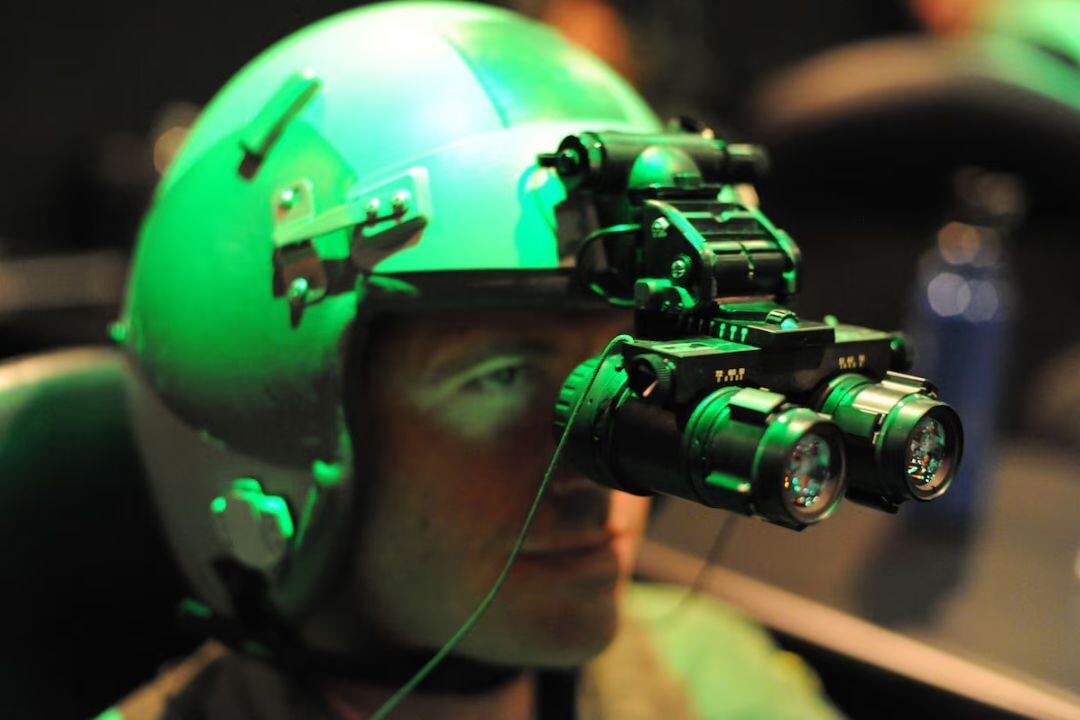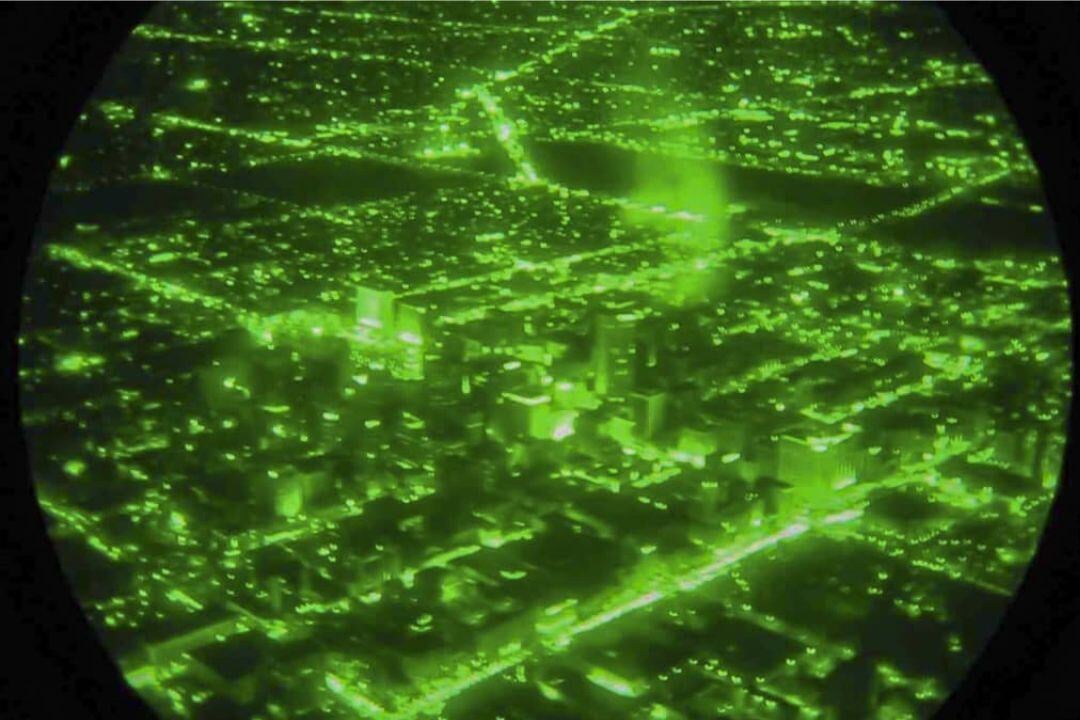NVG Integration
Technical Functionality and Standards for NVG Integration
Night Vision Goggles (NVGs) enhance nighttime operational capability through advanced photoelectronic conversion and image intensification technology. Instead of simply amplifying light, NVGs work by converting ambient or near-infrared photons into electrons, intensifying the signal via microchannel plates, and then transforming it back into a visible image using a phosphor screen. This process allows aircrew to visualize terrain, obstacles, and tactical elements in near-total darkness. However, effective NVG integration goes far beyond wearing the device—it requires platform-wide compatibility with specific lighting and visual systems to ensure safe, effective usage.

Cockpit Compliance and System Compatibility
Proper NVG integration demands full compliance with established Night Vision Imaging System (NVIS) standards, such as MIL-STD-3009, which governs lighting compatibility for military and civil aviation. Key cockpit elements—including instrument panel backlighting, multi-function displays (MFDs), heads-up displays (HUDs), and even external aircraft lighting—must be modified or certified to emit NVG-compatible wavelengths that prevent glare or washout. Without these adaptations, NVG effectiveness and flight safety can be compromised. True NVG integration involves coordinated engineering across avionics, lighting, and mission systems to ensure seamless and secure operations in night or low-light conditions.

Check our Completed Projects



